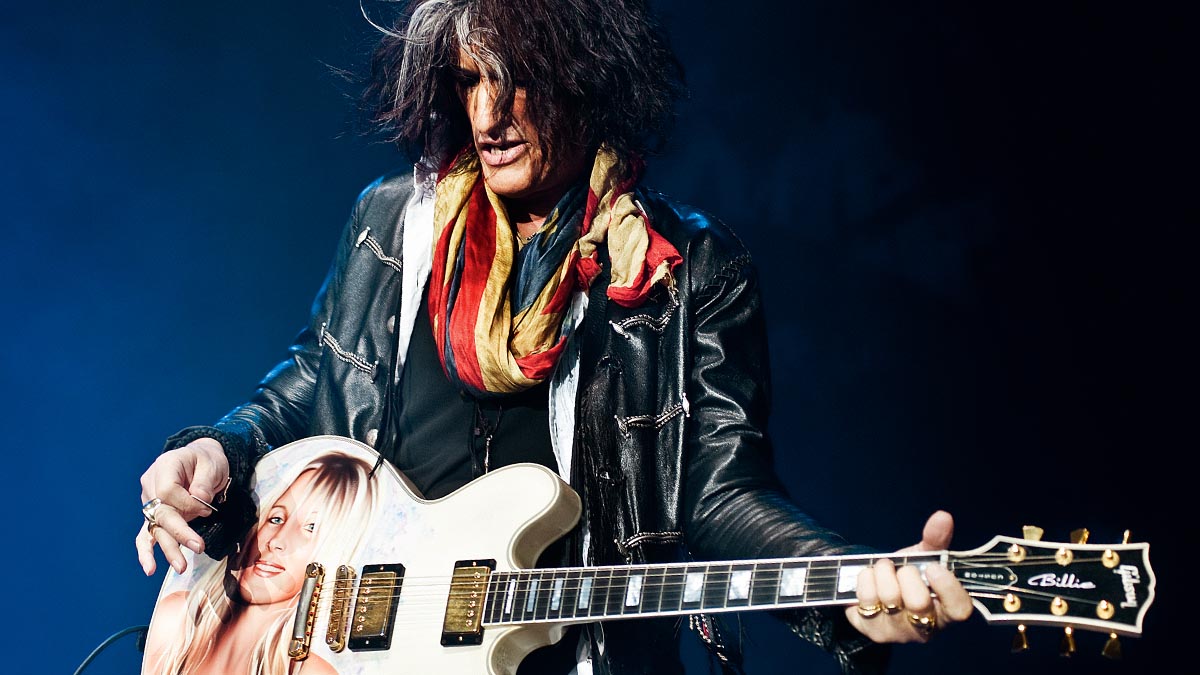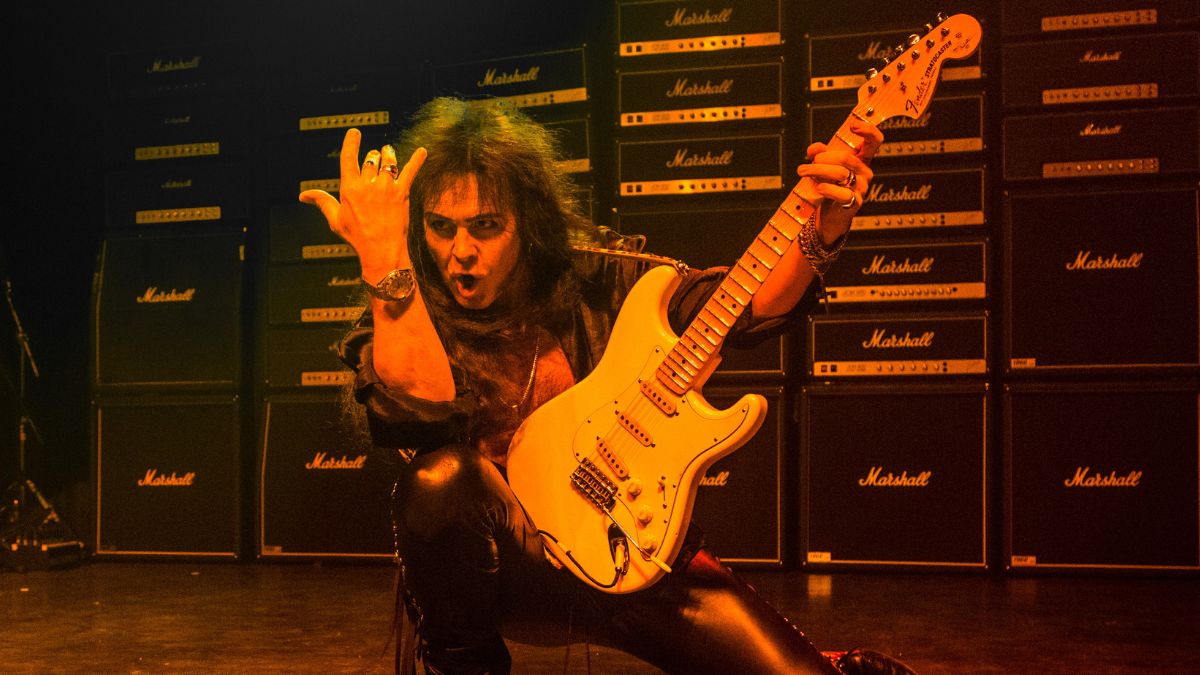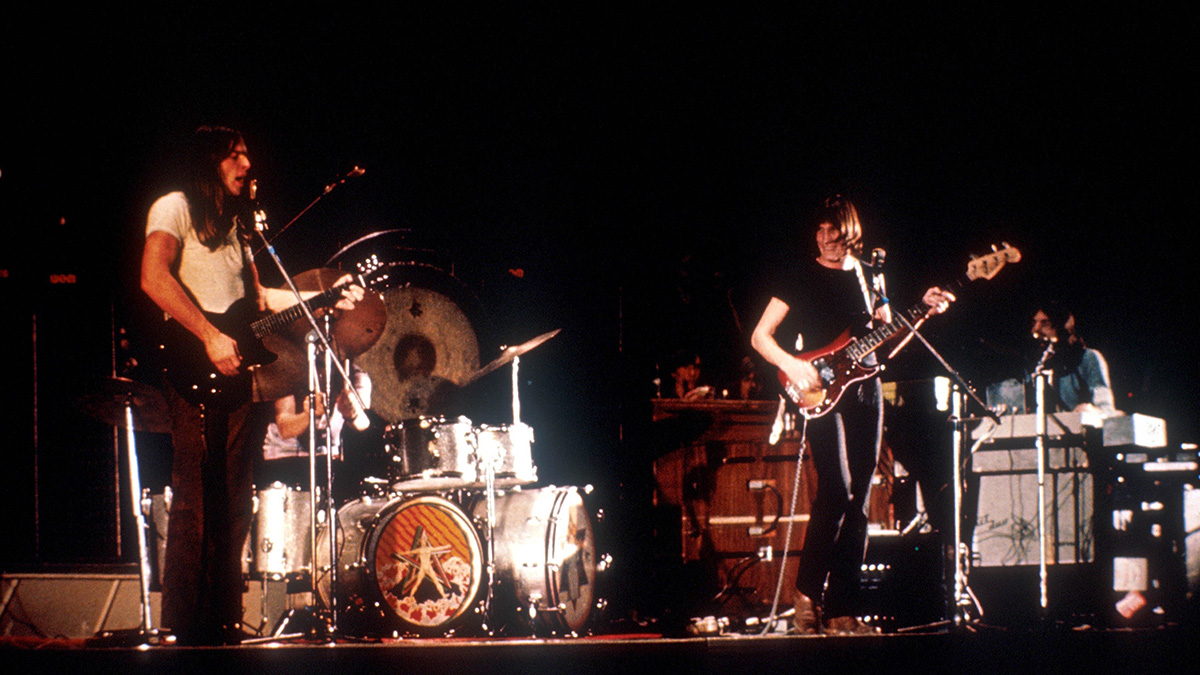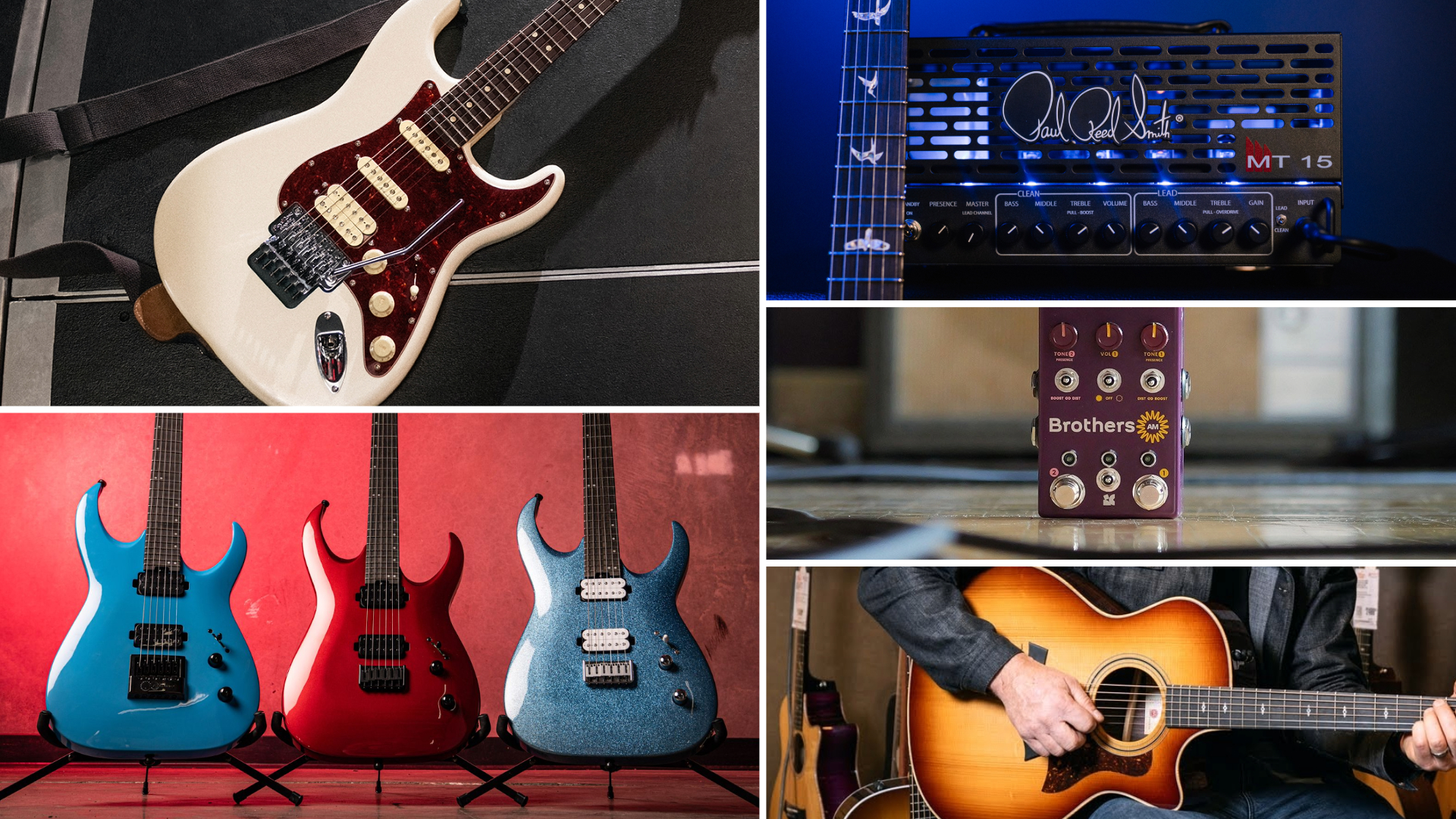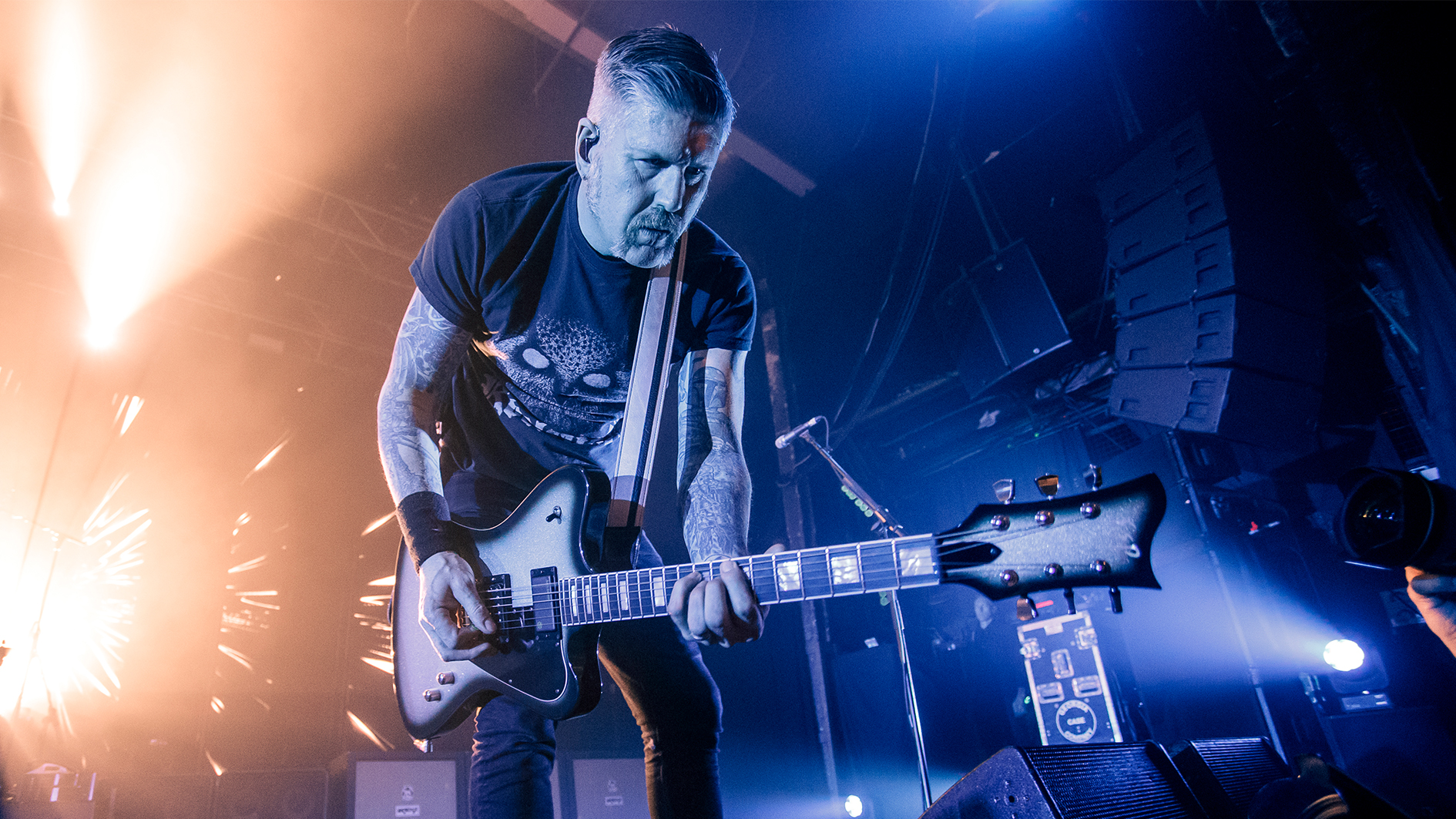
Since their formation in 1999, Mastodon's sound has been defined by heavy guitar riffs. And while it may be easy to attribute the heaviness of said riffs to the tones dialed in by guitarists Brent Hinds and Bill Kelliher, the secrets apparently lie more in composition.
As Kelliher explains in a new interview with Line 6, “It’s not the gain from your pickups or pedals or your amp that makes your riff heavy – it’s the riff. The riff has got to be heavy.
“Many of the heaviest riffs ever recorded aren’t all that distorted,” he continues. “Think about Black Sabbath or Soundgarden; their amps weren’t super overdriven all the time. Some guitarists just go, ‘Oh, I’m going to add like five distortion pedals and get the sickest crazy gain levels,’ but they’d be better off just focusing on writing truly heavy riffs.”
He goes on: “At some point the more gain you add the muddier the sound gets, especially when you are doubling guitars on a recording.
“I’ll usually record a track that’s pretty chunky and heavy, then another one with less distortion, so that when the two are combined there’s still a lot of definition. I’m a pretty articulate player and I want every note I play to cut through and be heard.”
Elsewhere in the conversation, the guitarist explains the evolution of his picking technique.
“When I first started playing guitar, I was very much a downstroke player because I grew up learning how to play songs by watching and listening to my favorite bands, like the Ramones, punk-rock style,” he explains. “I never took any lessons.
Get The Pick Newsletter
All the latest guitar news, interviews, lessons, reviews, deals and more, direct to your inbox!
“There’s a percussive feel to that because you’re hitting the low string first and you’re hearing the same chord played over and over because repetition is what punk and heavy rock are all about.
“Later in my career I learned about alternate picking and double picking. I learned by playing along with people, and some of those people were playing really fast. When I asked them how they did it, they showed me how to use down/up/down strokes, so I learned to do that. But when it comes to playing the classics, it’s a down-picking world.”
For the full interview, in which Kelliher waxes lyrical on his approach to gear – and even offers a free Helix preset – head over to Line 6.
Sam was Staff Writer at GuitarWorld.com from 2019 to 2023, and also created content for Total Guitar, Guitarist and Guitar Player. He has well over 15 years of guitar playing under his belt, as well as a degree in Music Technology (Mixing and Mastering). He's a metalhead through and through, but has a thorough appreciation for all genres of music. In his spare time, Sam creates point-of-view guitar lesson videos on YouTube under the name Sightline Guitar.
“I was playing in the living room, he walked past and shot me this look of ‘Do that again.’ So I bent the string up and he gave me this nod of approval”: Jack Moore on lessons learned from his father, Gary
“I heard the Money solo and thought, ‘This is amazing!’ So I sent David a telegram saying, ‘Remember me? I'm in a band now called Roxy Music’”: Phil Manzanera on his friendship with David Gilmour, and the key to the Pink Floyd man's unmistakable tone




